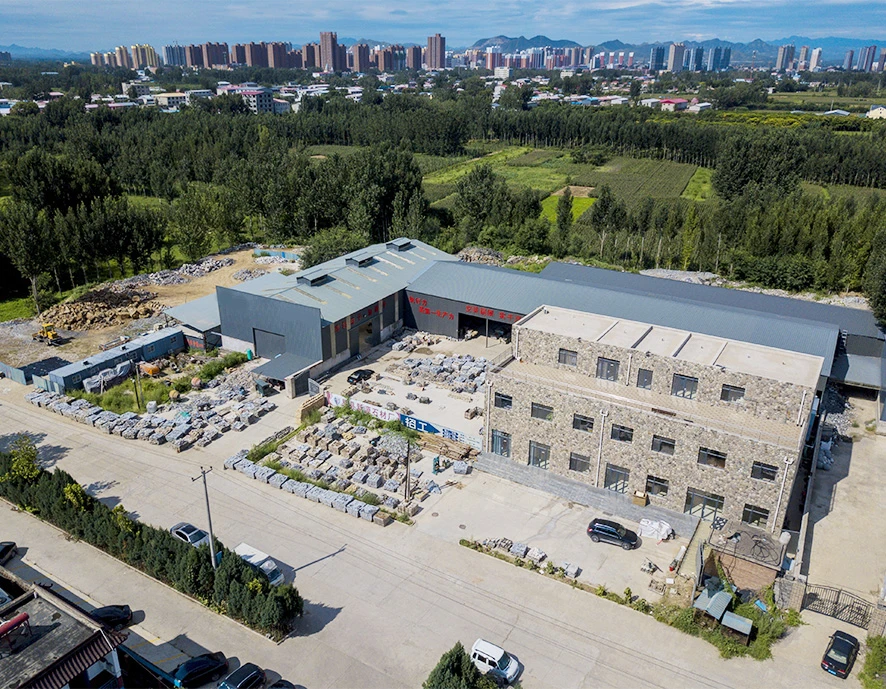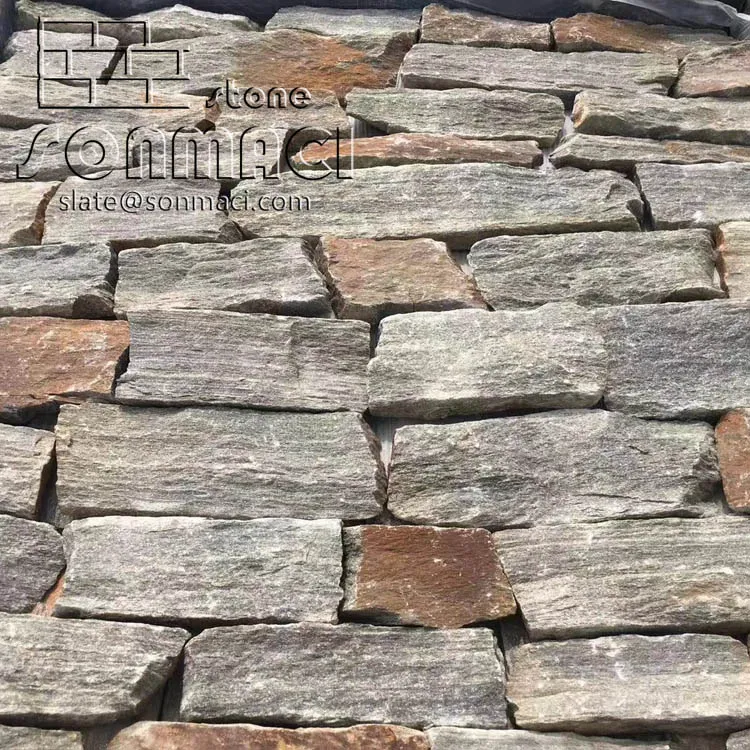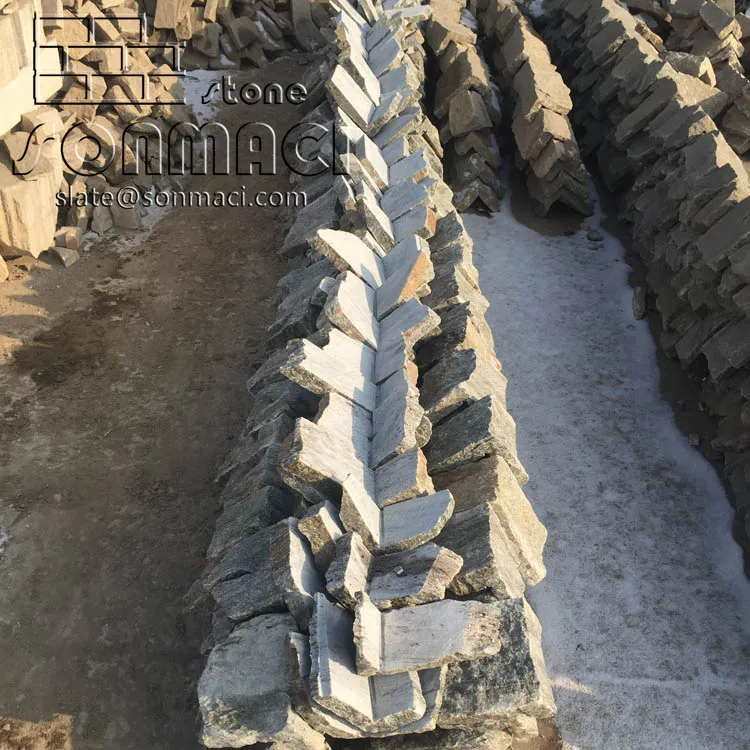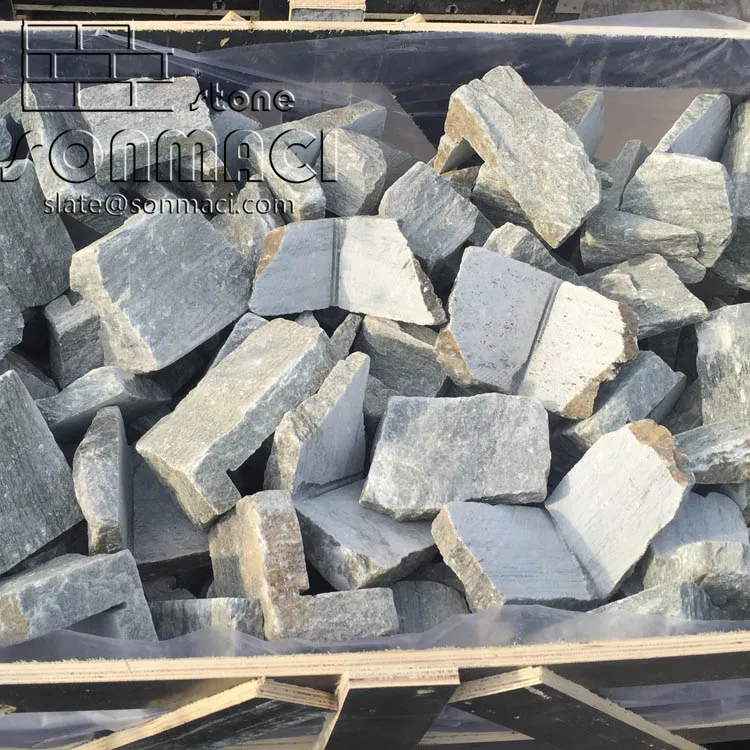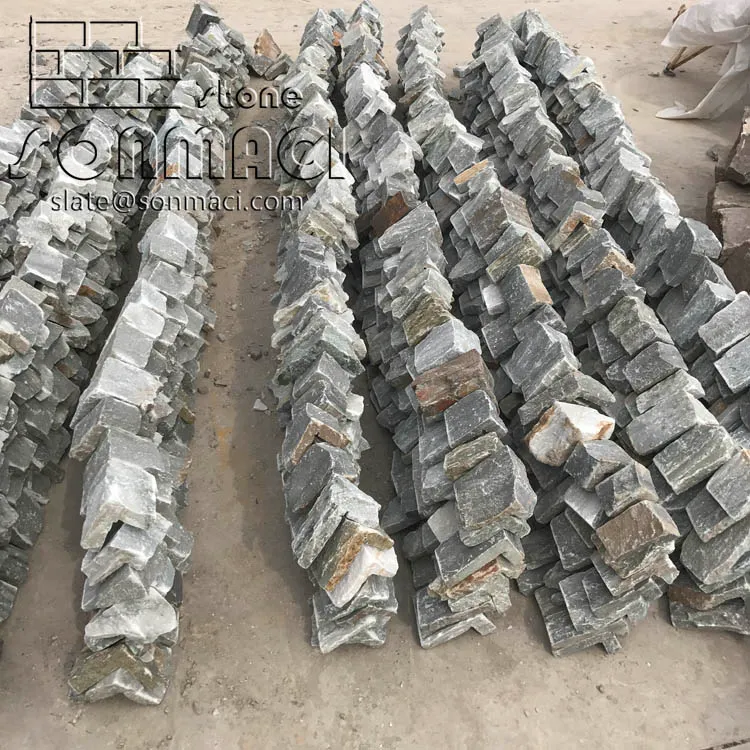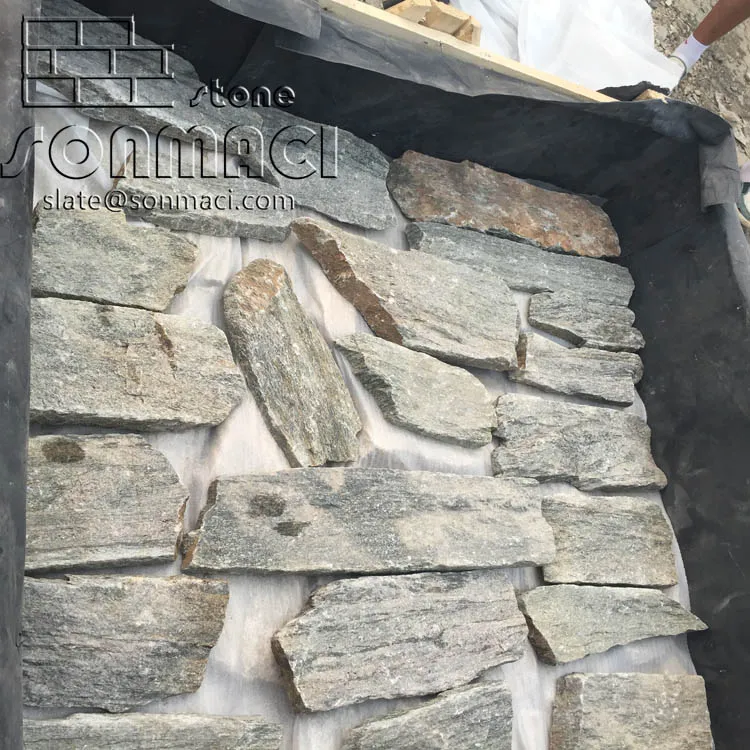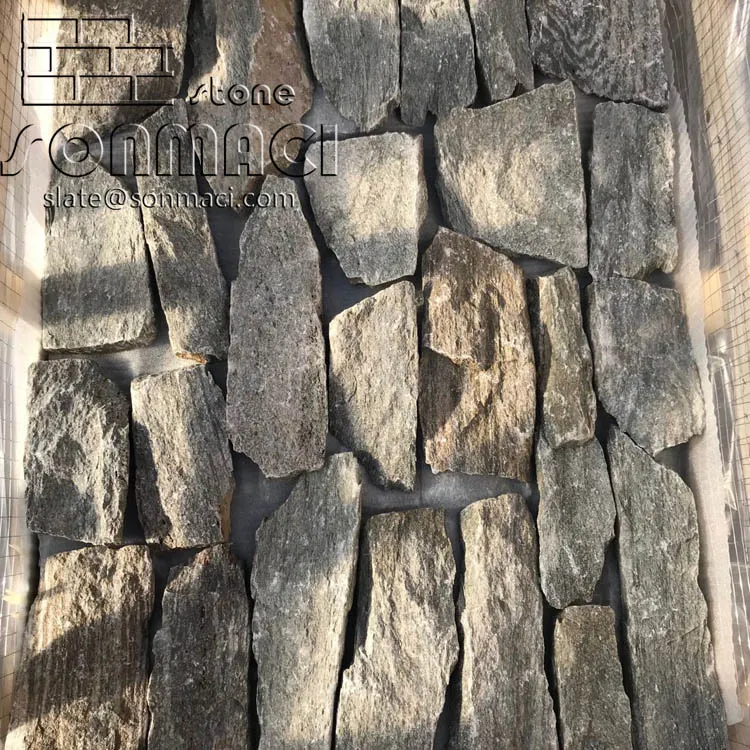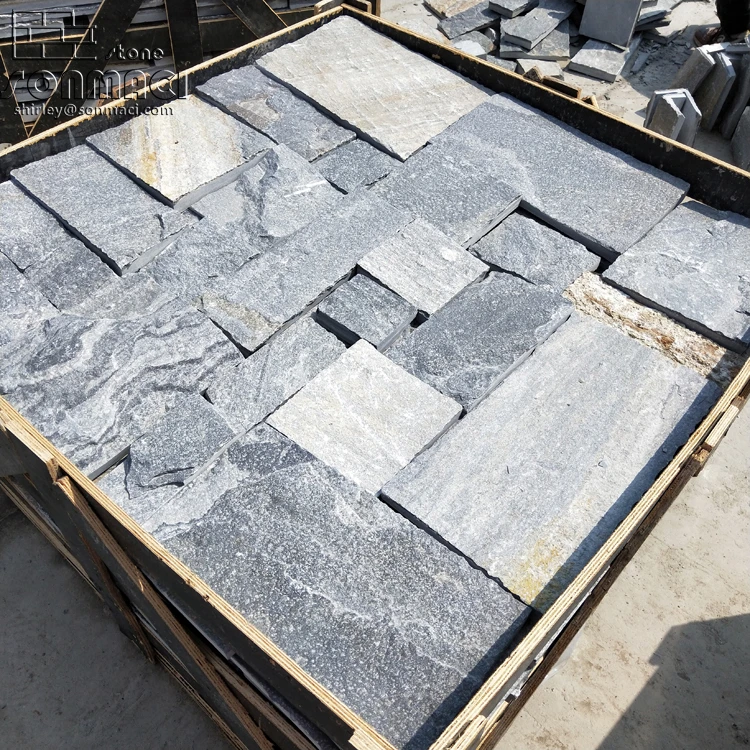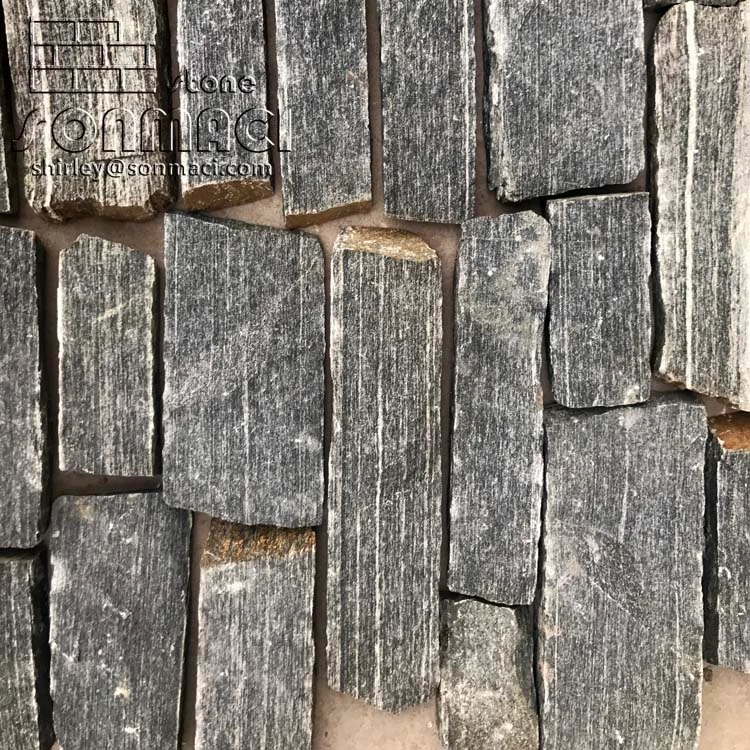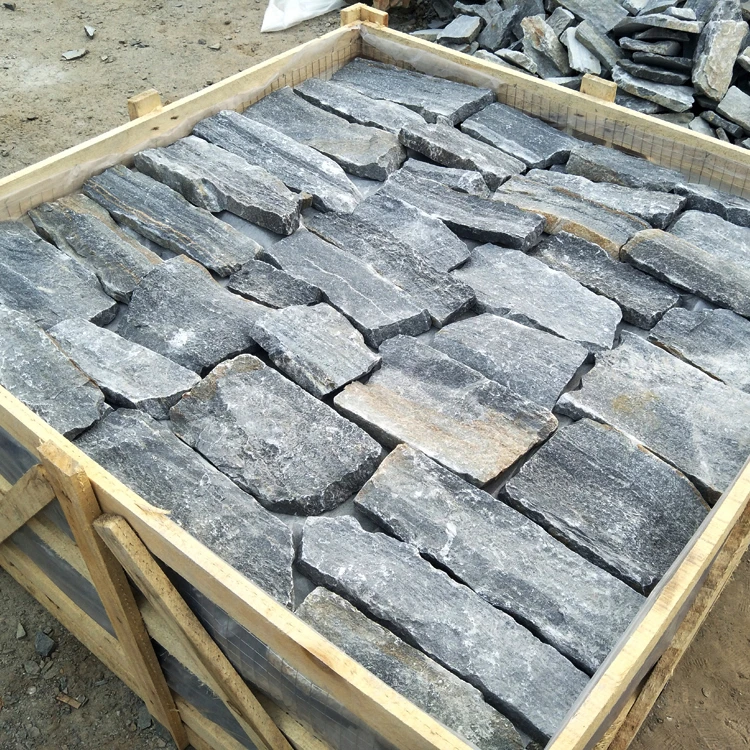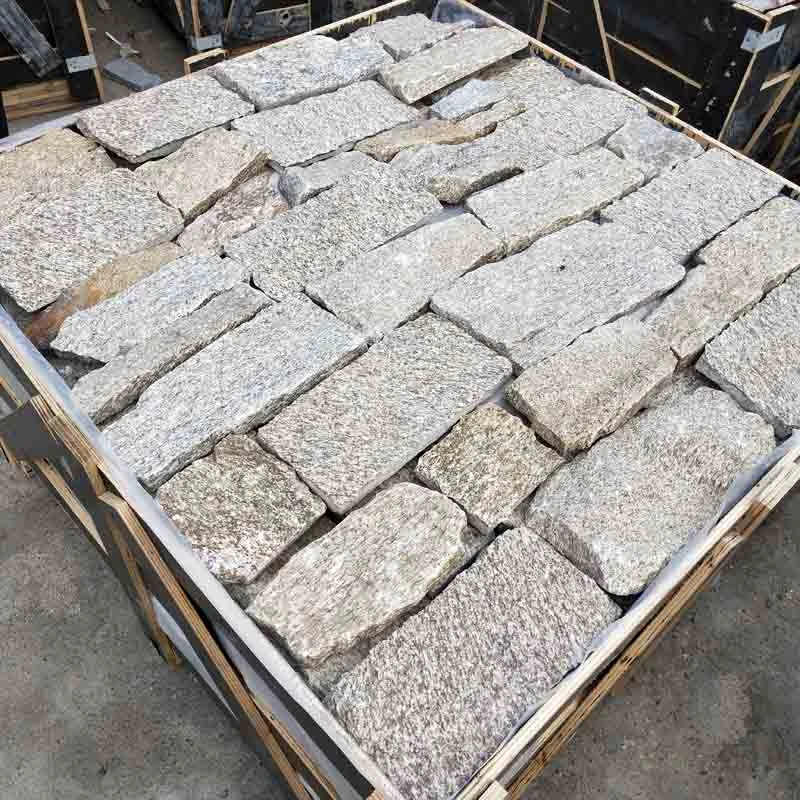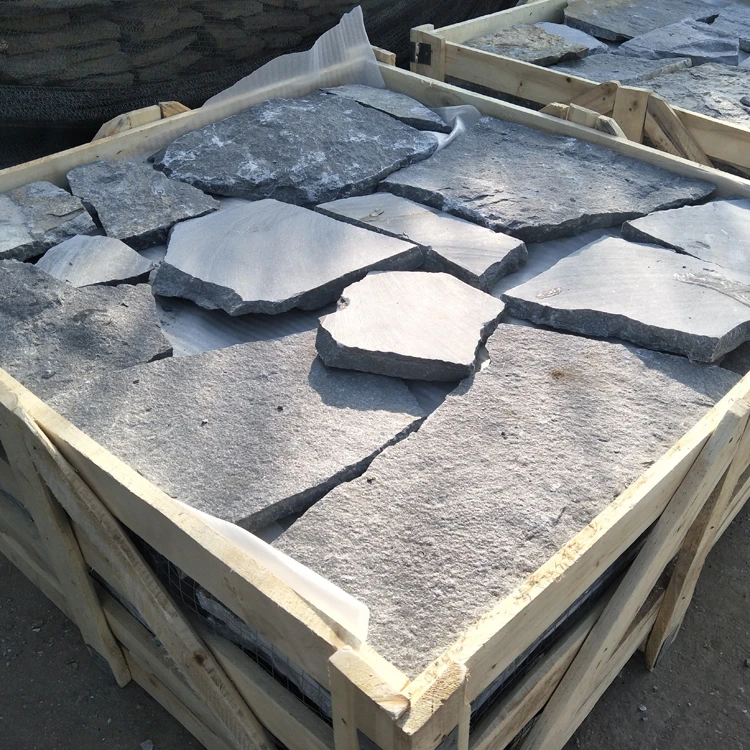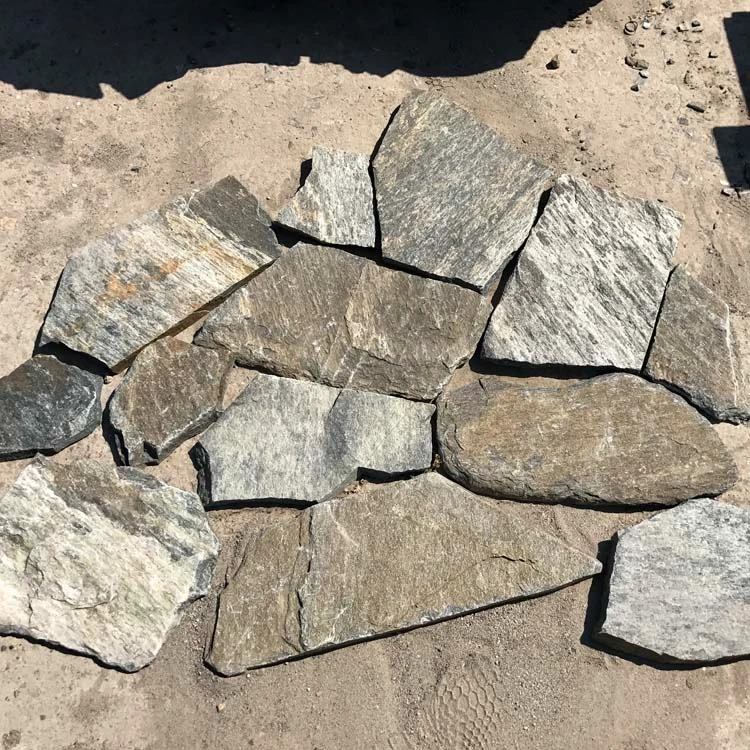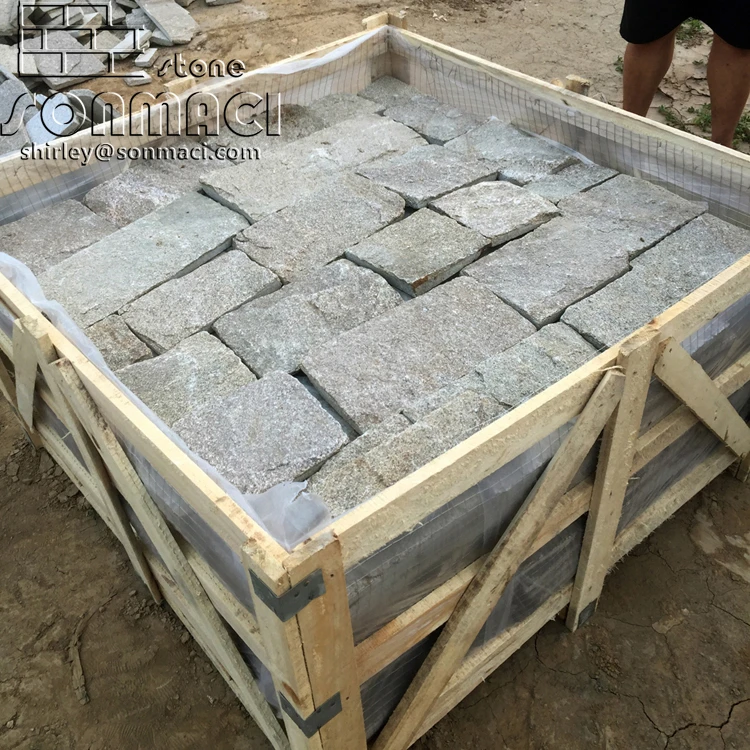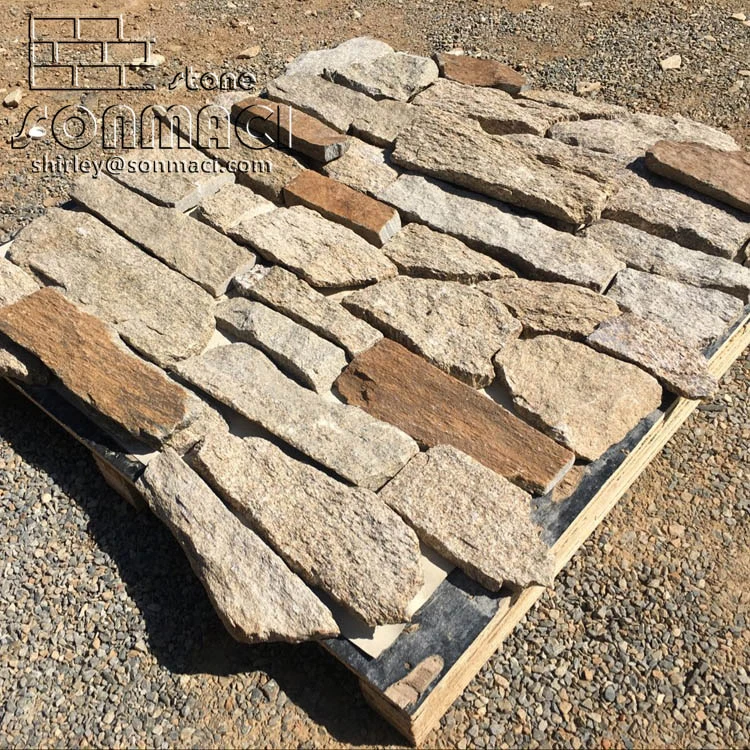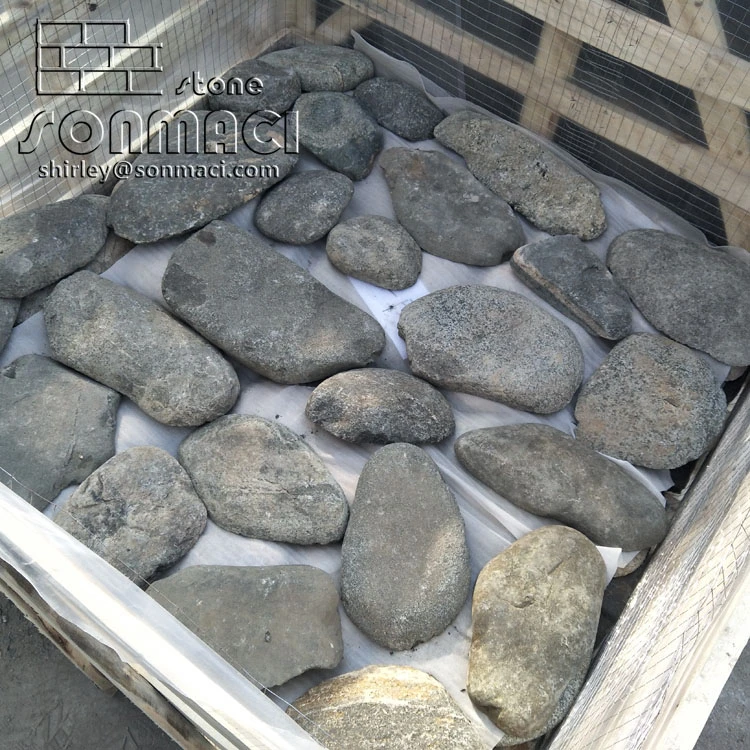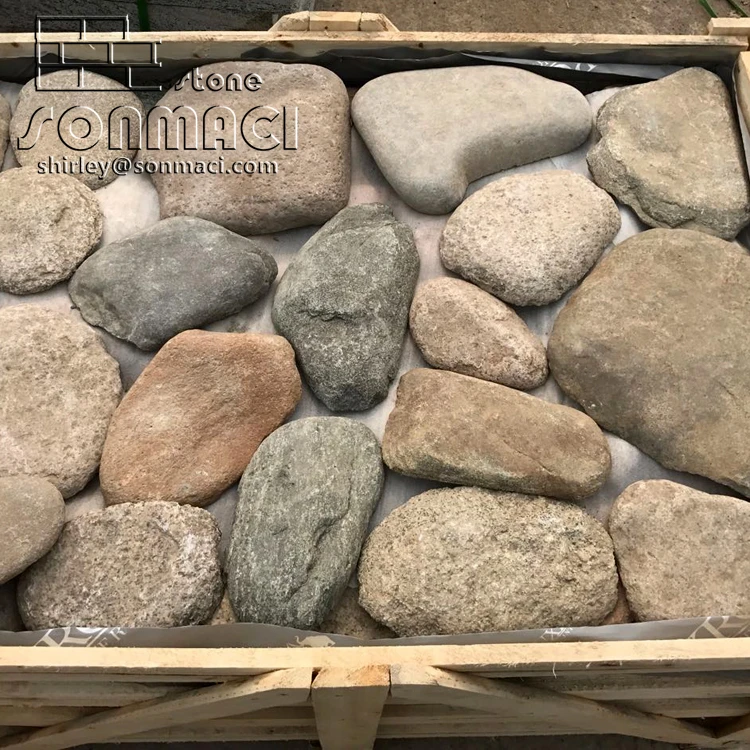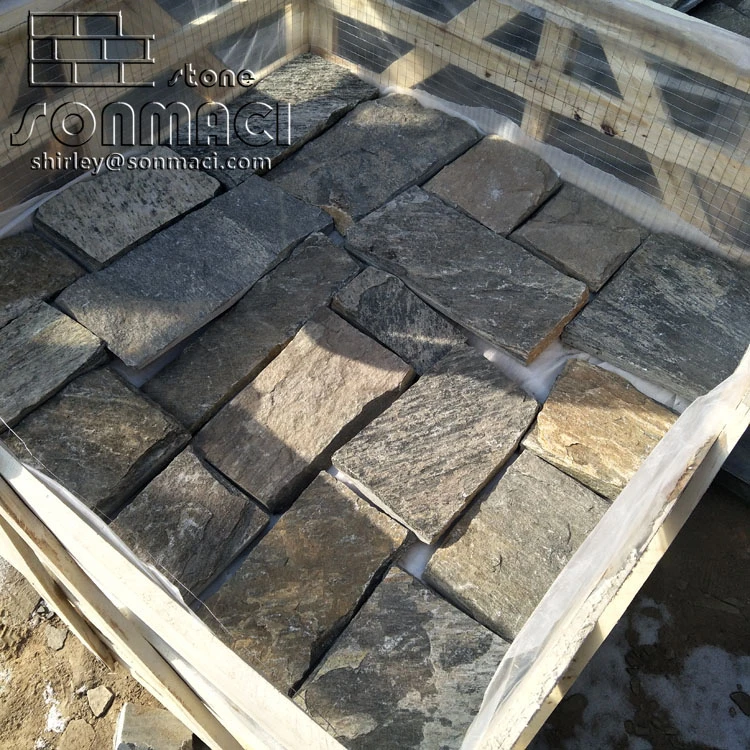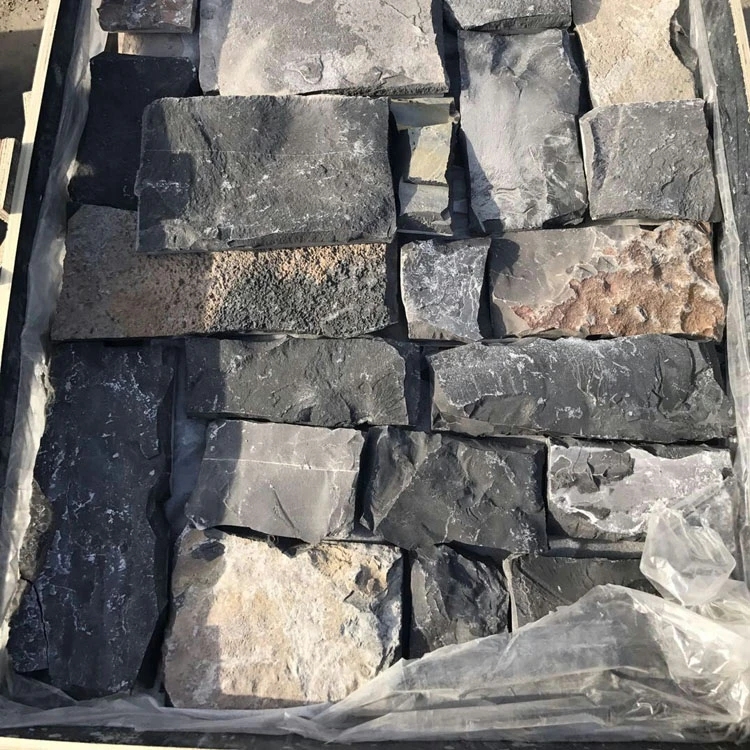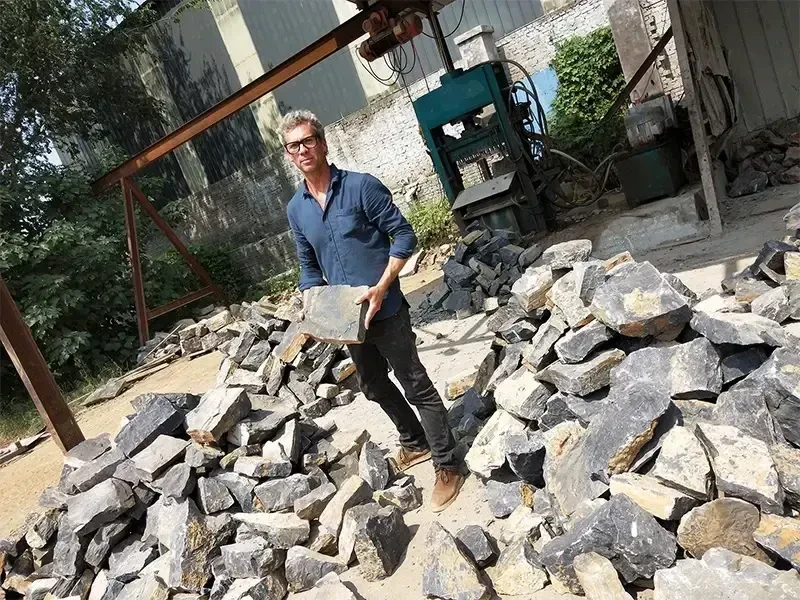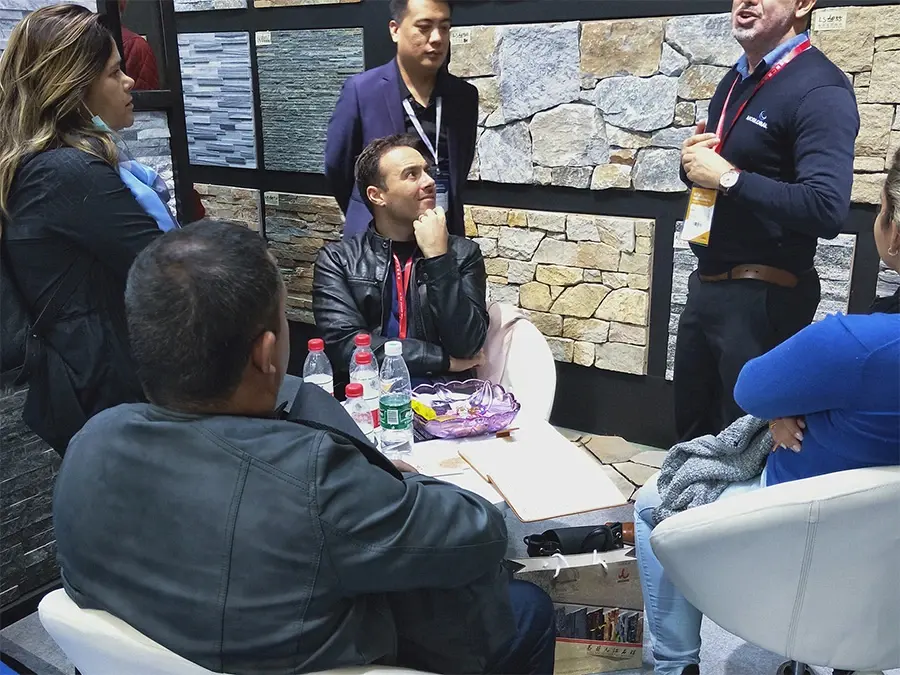Green Quartz Exterior Stacked Stone Cladding
|
Item |
Green Quartz Exterior Stacked Stone Cladding |
|
Material allowed |
slate / marble and other stone |
|
Color |
white /green/black/ rusty and more available |
|
Feature |
Riched veins, solid texture and bright colors, low water absorption,Resist acid,light,fire and coldness. |
|
Usage |
For indoor and out door walls , floor and ground decorating . Such as the floor and wall of bath room , swimming pools , halls ,entrance ,floor in lift and so on . |
|
Size |
Length:2"-14" W:1"-6" |
|
Packing |
15sqm/crate, export standard |
|
Loading Port |
TIANJIN |
|
Payment Item |
30% T/T in advance and 70% balance at once against the copy of B/L |
|
Delivery Time |
15 days for one 20 FCL after receive the deposit |
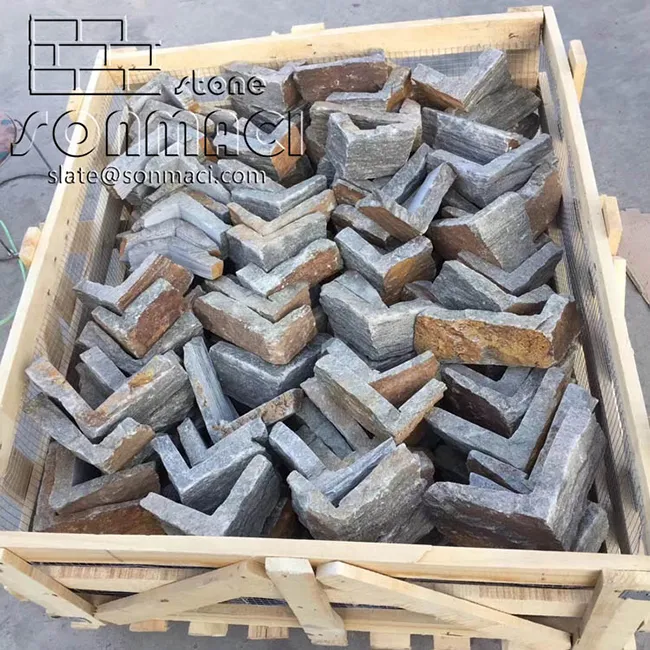
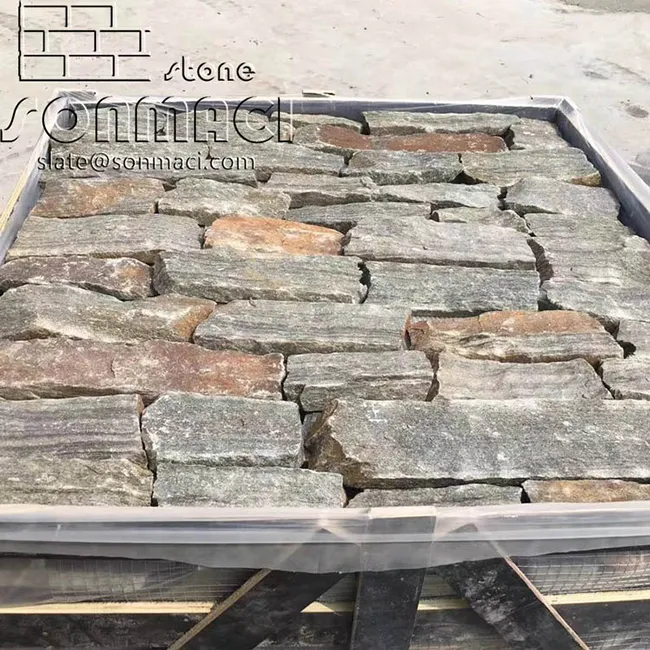
What Is the Difference Between Stacked Stone and Ledgestone?
In the realm of natural stone applications, stacked stone and ledgestone represent two distinct expressions of geological beauty, each carrying unique visual language and functional advantages. While both celebrate stone's organic origins, their differences in formation, installation, and aesthetic impact create divergent design possibilities that cater to varied architectural visions.
Stacked stone embodies human intervention in nature's randomness, presenting a more ordered interpretation of stonework. This approach involves carefully selected stones cut or shaped to achieve relative uniformity in thickness, then methodically layered in horizontal courses. The resulting pattern showcases deliberate linearity while maintaining subtle natural variations in shape and texture. The stacked approach creates rhythm and repetition across a surface, offering a bridge between rustic charm and contemporary precision. Installers value stacked stone for its predictable workflow and consistent mortar joints, while designers appreciate its ability to bring structured elegance to both interior and exterior applications. The technique particularly shines in modern farmhouse designs or projects seeking a balance between organic warmth and clean lines.
Ledgestone, by contrast, celebrates stone's untamed character with greater fervor. The installation method mimics how stone naturally fractures and settles in geological formations, with each piece protruding at slightly different depths to create dramatic shadow play across the surface. This technique highlights the stone's innate cleft surfaces and irregular edges, resulting in a more textured, three-dimensional facade. The apparent randomness of ledgestone installations requires skilled craftsmanship to achieve structural stability while preserving the illusion of effortless natural arrangement. Architects frequently specify ledgestone when aiming to create feature walls that command attention or exterior facades that appear to emerge organically from their surroundings. The depth and movement inherent to ledgestone make it particularly effective in creating transitional spaces that blur boundaries between built environments and natural landscapes.
Material thickness presents another fundamental distinction between the two approaches. Stacked stone typically utilizes material cut to consistent dimensions, often in the 1-3 inch thickness range, allowing for flush installation with minimal protrusion. Ledgestone embraces greater dimensional variety, with individual stones often projecting at differing depths up to 4 inches or more, creating more pronounced relief across the surface. This difference impacts not just aesthetics but also practical considerations like clearance requirements and weather resistance in exterior applications.
Modern manufacturing has introduced hybrid solutions that blend these two approaches. Some engineered stone products now offer the depth variation of ledgestone with the installation efficiency of stacked systems, while natural stone artisans occasionally create custom installations that play with both techniques. However, the essential distinction remains: stacked stone represents nature organized, ledgestone celebrates nature raw. This fundamental philosophical difference continues to guide material selection for projects ranging from luxury hospitality venues to residential retreats, ensuring both techniques maintain their relevance in architectural storytelling.
Understanding these differences empowers designers to select not just a building material, but a design language that aligns with their project's narrative ambitions and functional requirements. Whether choosing the structured poetry of stacked stone or the geological chorus of ledgestone, the decision ultimately reflects how a space should feel as much as how it should function—a testament to stone's enduring capacity to shape human experience through texture, pattern, and timeless connection to the earth.
